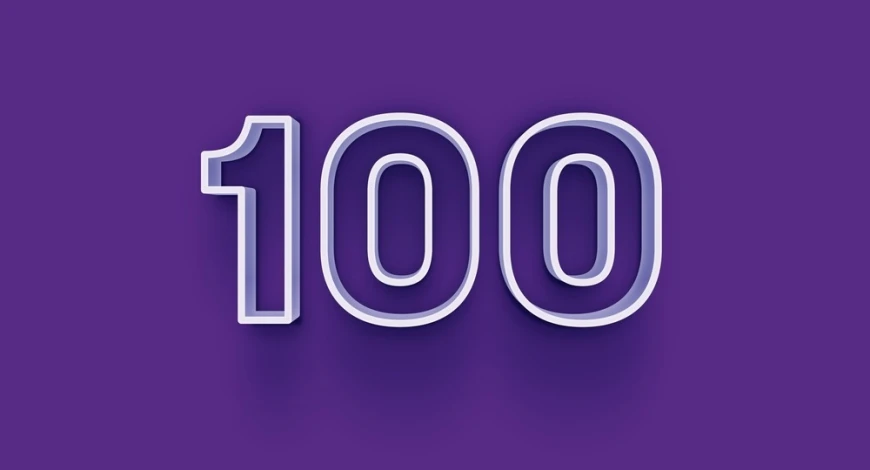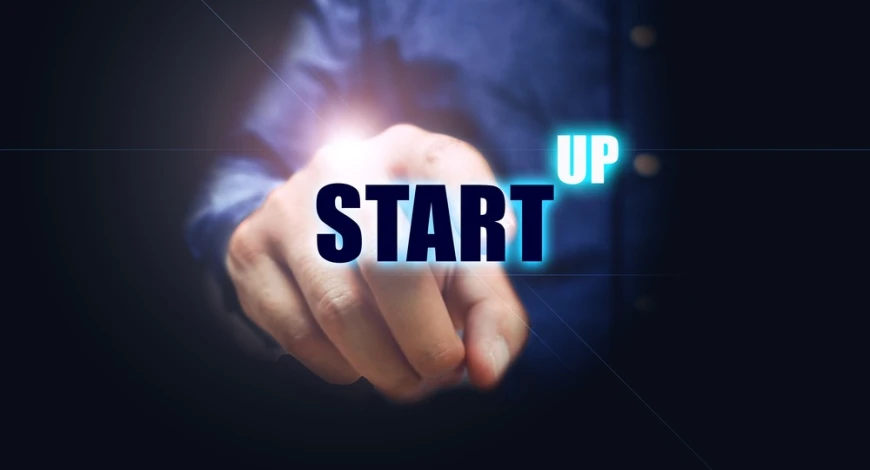How to Ensure Infrastructure Security in Startup Solutions?
For fast-scaling startups today, infrastructure security is one of the most critical success factors after product–market fit. Keeping costs under control while the attack surface grows requires both technical excellence and a clear security strategy. In this article, we walk step by step through practical, measurable, and investor-friendly measures startups can apply—from the zero trust approach to a DevSecOps culture, cloud security, container security, SBOM (Software Bill of Materials), MFA (multi-factor authentication), IAM management, OWASP Top 10 risks, Kubernetes security, and shift-left testing practices.
1) Strategic Framework: Risk-Based Approach and Alignment with Business Goals
Infrastructure security is more than a technical task list; it is a risk management program aligned with business goals. The first step is to establish asset inventory, data classification, and threat modeling. Define critical business workflows (payments, identity, personal data, integration points) and RTO/RPO targets. Then determine your Minimum Viable Security (MVS) level and split the roadmap into three phases: foundations (0–90 days), maturation (90–180 days), and scale (180+ days). This approach aligns with operational reality while moving toward frameworks such as ISO 27001 or SOC 2.
Recommended outputs
- Asset inventory and data classification matrix
- Threat modeling document (STRIDE/LINDDUN)
- Risk register and acceptance criteria
- MVS security checklist and roadmap
2) Identity and Access: IAM, MFA, and Least Privilege
The most common vulnerabilities in startups stem from weak identity management. Organization-wide MFA for all human and machine identities, just-in-time elevation for privilege increases, and the least privilege principle are your primary shields. Version access policies with a policy-as-code mindset and produce an audit trail. Time-box temporary access granted to third parties and revoke it automatically.
Checklist
- Organization-wide mandatory MFA (prefer hardware keys)
- Role-based IAM separated for human and service accounts
- Conditional access policies (geography/device/posture awareness)
- Periodic access reviews and automated revocations
3) Network and Zero Trust: Micro-Segmentation with Zero Trust
The zero trust approach eliminates the assumption of “intra-network trust.” Use micro-segmentation to separate critical services into distinct security zones; validate service-to-service traffic with identity-based policies. Protect internet-facing endpoints with WAF/CDN; apply L7 rate limiting and anomaly detection. Prefer identity-centric ZTNA solutions over traditional VPNs.
Quick wins
- Dedicated VPC/subnets and security groups for sensitive services
- End-to-end TLS (mTLS) with rotating certificates
- WAF + bot protection + DDoS mitigation
- “Deny by default” in firewall policies
4) Cloud and Container Security: Image Hygiene, Registry, and Delivery
As modern startups accelerate containerization, container security and Kubernetes security become critical. Sign images during build, generate an SBOM, and run dependency scanning. Embed security tests early in the CI/CD pipeline with a shift-left principle. At runtime, monitor image drift, enforce a read-only root filesystem, and drop capabilities.
Core steps in CI/CD
- Image signing (Sigstore, Cosign) and SBOM generation
- Dependency and image vulnerability scanning
- Policy validation (OPA/Gatekeeper, Kyverno)
- Secure secrets management (KMS, Secret Manager, sealed secrets)
5) Data Security: Encryption, Key Management, and Privacy
Encryption at rest and in transit must be standard: AES-256 and TLS 1.2+ at a minimum. Store keys in HSM/KMS; apply key rotation and separation-of-duties policies. Minimize access to sensitive data via pseudonymization/tokenization. Establish Data Protection Impact Assessments (DPIA) and data lifecycle policies (retention/erasure).
6) Application Security: OWASP Top 10, Code Review, and Curation
Adopt secure coding standards targeting the OWASP Top 10 risks and mandate peer code review. Fix SAST/DAST/IaC scans into the pipeline. In dependency management, pin versions, use trusted sources, and implement an allowlist. Make threat modeling and abuse case analysis routine for critical components.
7) Observability and Incident Response: Signal, Noise, and Playbooks
Provide single-pane visibility via centralized logging (immutable storage), metrics and tracing, and SIEM/SOAR integrations. Design alert rules based on use cases; ensure clarity of responsibility and RACI within piston-like playbooks. Keep contact lists, legal/PR flows, and evidence-collection procedures ready.
8) Supply Chain and Third-Party Risks
Require security assessments, DPIA, and contractual security clauses for all SaaS and integrations. Leverage bug bounty and responsible disclosure processes to benefit from the external researcher ecosystem. Apply package signing, SBOM validation, and proactive vendor vulnerability tracking (KEV/bulletins).
9) Compliance and Evidence Automation
Frameworks like ISO 27001 and SOC 2 increase investor, customer, and partner confidence. Support controls with control-as-code and evidence-collection automation. Maintain policies as living documents; reinforce culture via training, awareness, and drills.
10) Cost and Scale: Right Timing, Right Depth
In early stages, target “good enough and auditable” security gains—not “the best.” Prioritize investments by cost per effectiveness and risk-reduction scores. Use automation and a DevSecOps mindset to reduce team load and hand repetitive tasks over to tools.
Quick Start (0–90 Days)
- Mandatory MFA, centralized IAM, access reviews
- WAF/CDN and basic DDoS mitigation, TLS everywhere
- SAST in CI/CD, dependency scanning, image signing + SBOM
- Centralized logging, baseline SIEM rules, incident response playbook
Maturation (90–180 Days)
- Micro-segmentation and zero trust principles
- DAST, IaC scanning, policy engines for Kubernetes security
- Key management with HSM/KMS, rotation, and separation of access
- Third-party risk assessments and contractual security
Scale (180+ Days)
- Automated evidence collection, SOC 2/ISO 27001 readiness
- Incident response automation with SOAR, threat intelligence feeds
- Advanced DLP, tokenization, and pseudonymization
- Bug bounty program and red-team exercises
For startups, infrastructure security is a balancing act between speed, cost, and trust. With a properly prioritized roadmap, shift-left thinking, and an automation-focused DevSecOps culture, you’ll be audit-ready and earn customer trust quickly. Remember: security is a product feature—and it accelerates growth.
-
 Gürkan Türkaslan
Gürkan Türkaslan
- 11 October 2025, 12:03:53
 English
English



